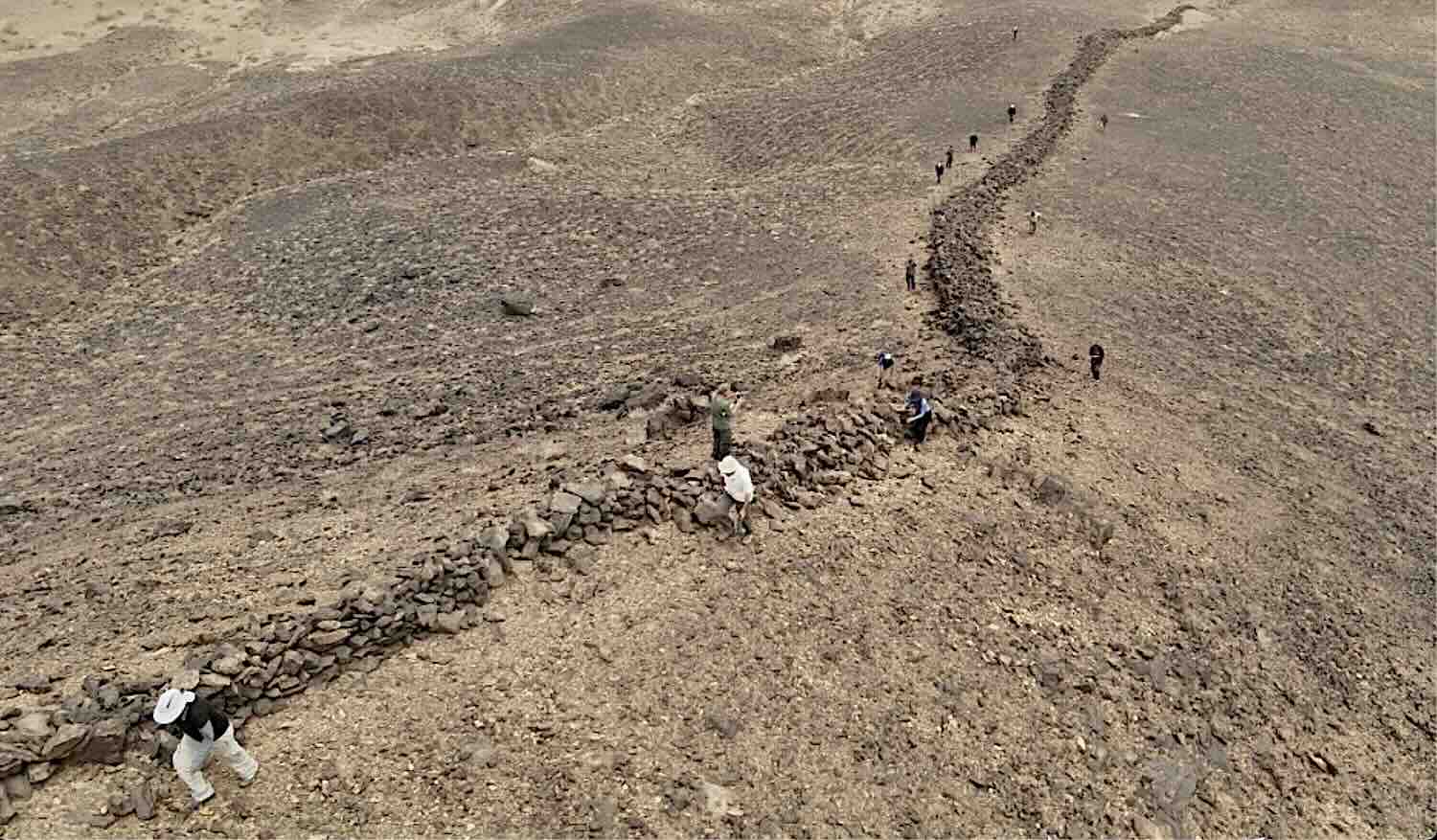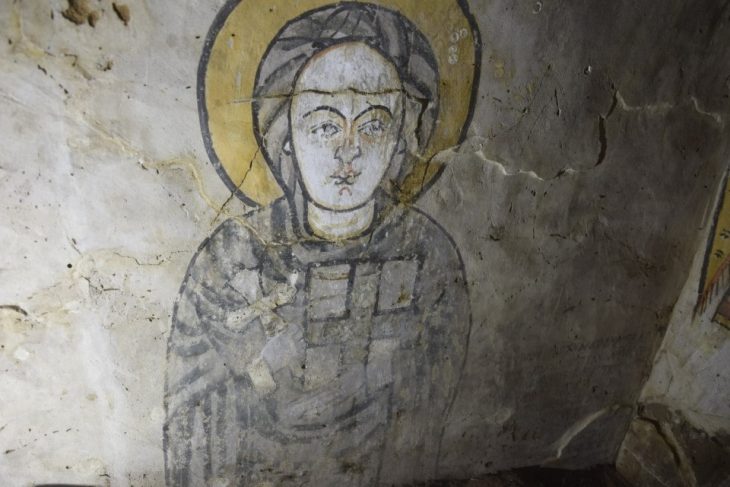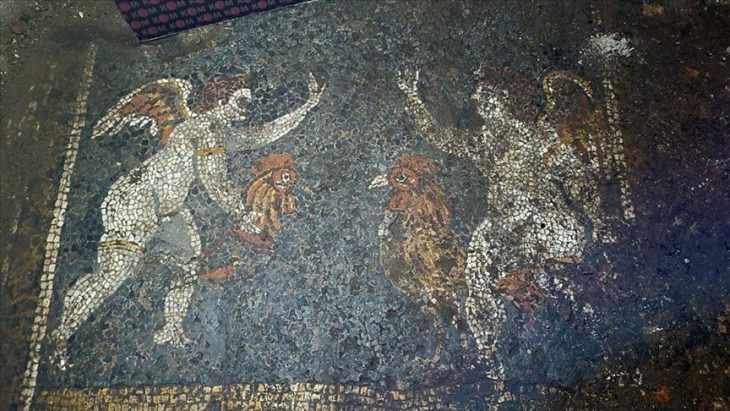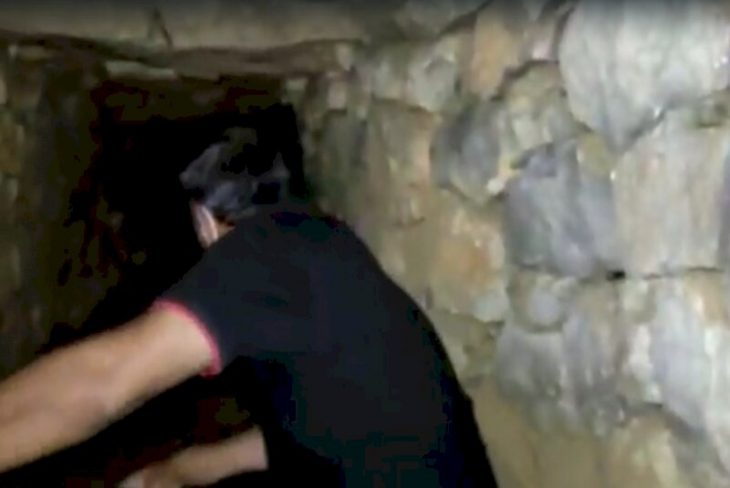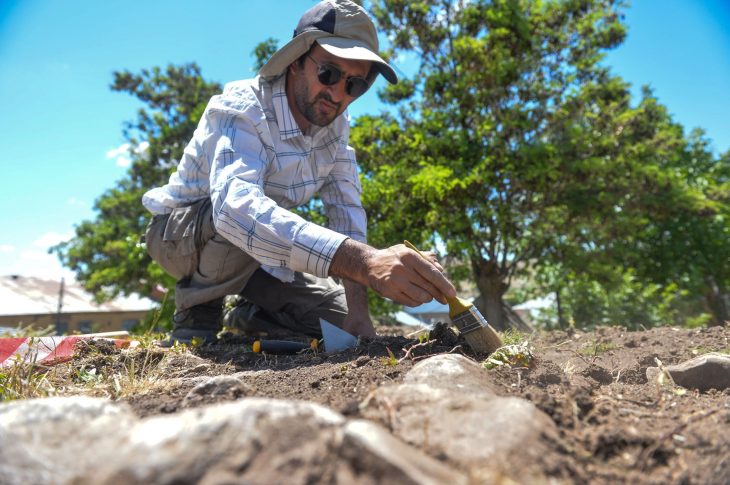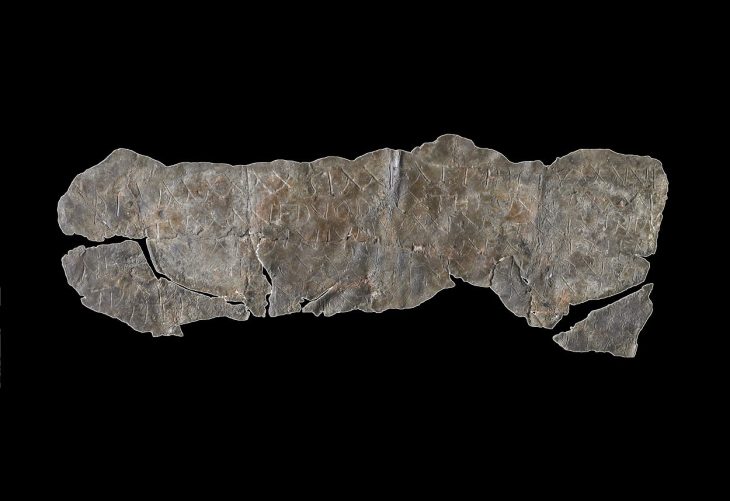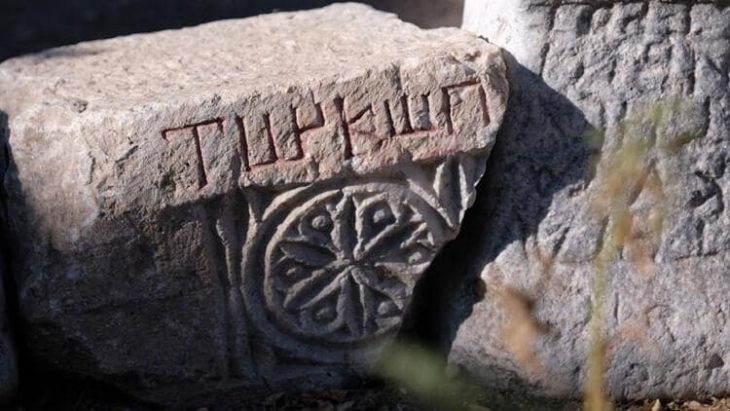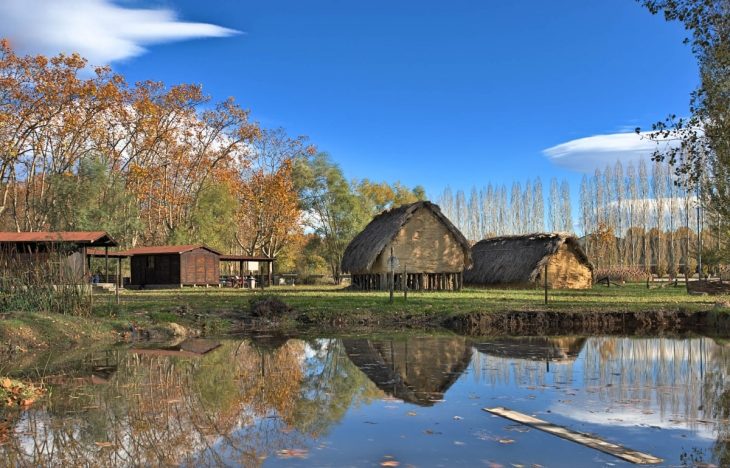Stretching 321 kilometers across the arid highlands of southern Mongolia, the Gobi Wall has long stood as a silent enigma in East Asia’s historical landscape. Once thought to be a simple fortification, recent archaeological research has redefined this ancient structure as a sophisticated instrument of imperial control and statecraft used by the Xi Xia (Western Xia) dynasty between the 11th and 13th centuries CE.
A collaborative effort between researchers from the Hebrew University of Jerusalem, the National University of Mongolia, and Yale University has uncovered the wall’s complex role in frontier governance. Utilizing satellite imagery, field surveys, and targeted excavations, the study has revealed that the Gobi Wall was not an isolated defense mechanism, but part of a broader network of watchtowers, forts, trenches, and garrisons designed to manage people, resources, and political boundaries.
Constructed for More Than Defense
Contrary to earlier assumptions, the Gobi Wall’s primary function extended far beyond military defense. Its route, which winds through Ömnögovi province, was strategically chosen based on the availability of critical resources such as water and wood—essential for supporting troops stationed in this inhospitable region. The wall’s construction employed locally sourced materials like rammed earth, stone, and timber, showcasing remarkable adaptability in a harsh desert environment.
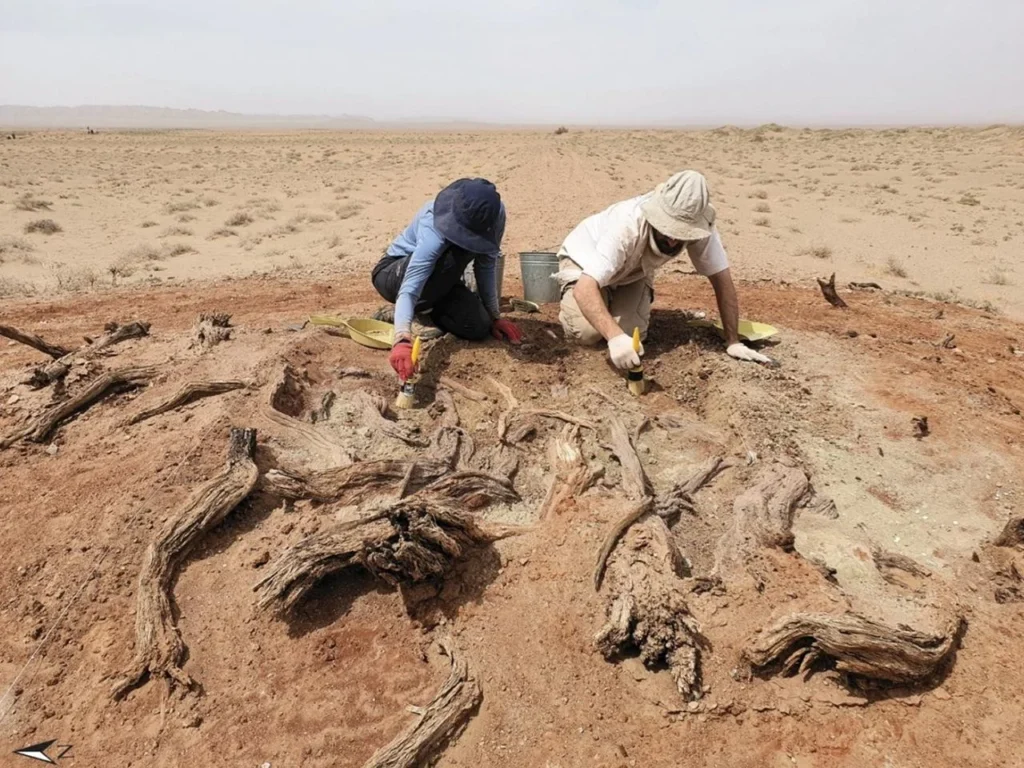
This architectural network functioned as a “zone of control,” not a rigid border. It was a living infrastructure designed to guide movement, regulate trade, and consolidate imperial authority in a time of significant geopolitical change. The Xi Xia dynasty, ruled by the Tangut people, used such structures to exert influence over vast, sparsely populated frontier zones that were vital to their survival and expansion.
A Timeline of Strategic Occupation
Excavations at key sites, including garrisons labeled G05 and G10, uncovered artifacts such as coins, ceramics, and animal remains that spanned nearly two millennia—from the 2nd century BCE to the 19th century CE. While the wall’s primary phase of use occurred during the Xi Xia period, the long-standing human activity highlights the area’s sustained strategic relevance through multiple historical epochs.
📣 Our WhatsApp channel is now LIVE! Stay up-to-date with the latest news and updates, just click here to follow us on WhatsApp and never miss a thing!!
These findings challenge traditional interpretations of medieval walls as passive barriers. Instead, they support emerging models of frontiers as dynamic and adaptive systems of governance. The Gobi Wall exemplifies how premodern states engineered large-scale infrastructure to interact with environmental constraints while securing political and economic control over marginal regions.
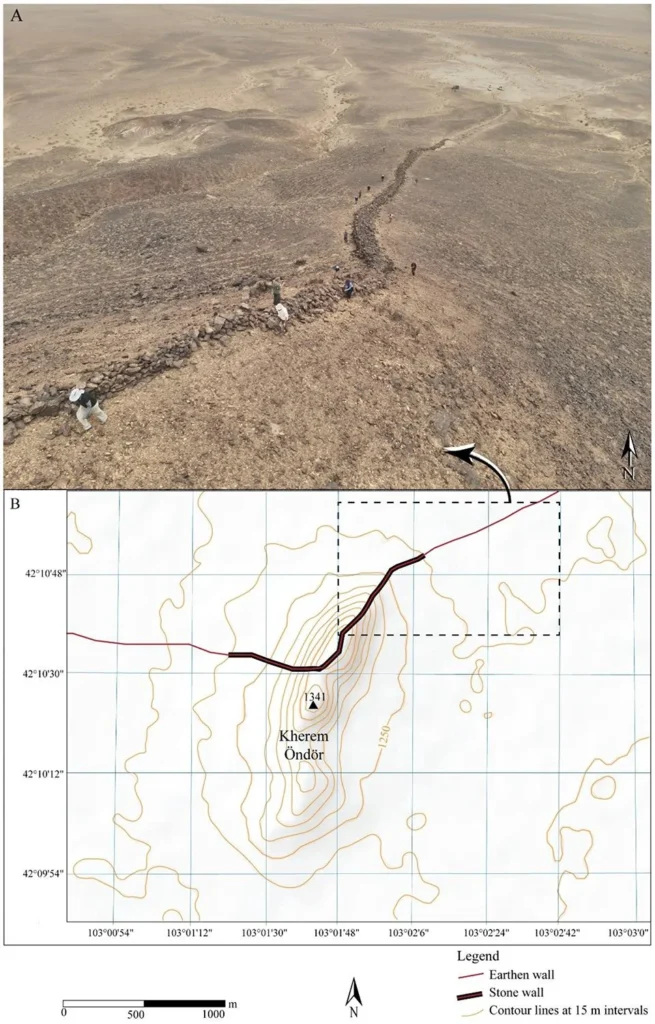
Redefining Medieval Infrastructure
The study’s conclusions carry broader implications for how historians and archaeologists conceptualize ancient infrastructure in Inner Asia and beyond. Frontier walls, once viewed solely as defense lines, are now understood as versatile instruments of empire-building—multifunctional systems that facilitated administration, surveillance, and logistical coordination across difficult terrains.
By shifting focus from militaristic interpretations to administrative functionality, the Gobi Wall emerges as a powerful example of how architecture was used not only to protect, but to govern. In doing so, it joins the ranks of the world’s most significant historical infrastructures—not merely for its size, but for its role in shaping the medieval political and ecological landscapes of Eurasia.
Golan, D., Shelach-Lavi, G., Amartuvshin, C., Zhang, Z., Wachtel, I., Chen, J., … Honeychurch, W. (2025). Exploring the Gobi Wall: Archaeology of a large-scale medieval frontier system in the Mongolian desert. Land, 14(5), 1087. doi:10.3390/land14051087

